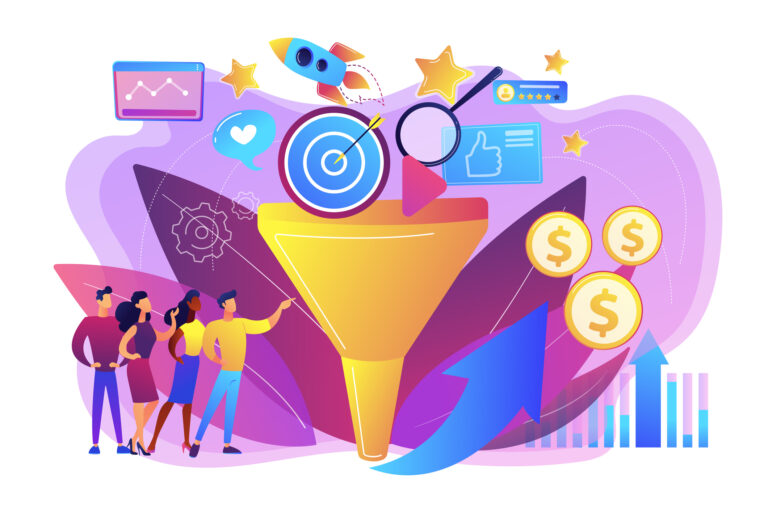When I first talk to my clients about their expectations for marketing, one of the most consistent things I hear is: “We just need more leads.” As a marketing professional who’s been focused primarily on demand gen & revenue growth programs for most of my career, I get it.
You want to invest as little as you possible have to to get as many deals in the pipeline as possible. It seems like it should be a pretty simple process. You put money in, and leads should come out the other end. Optimizing your first few marketing campaigns for maximum ROI can be difficult. With all the different ways to go to market, it’s easy to get hung up which combination of methods will provide greater utility over others.
I think one of the most frustrating things for most software leaders (especially those with a technology background) is that marketing is not a 1+1=2 kind of science. At its very core, marketing isn’t about generating revenue, or leads, or customer satisfaction — those are just outcomes.
Really good marketing is a long term investment, and it’s focused on building momentum in your industry. On a foundational level, momentum is the single biggest factor in the success of a company’s marketing program. Patience and persistence is vital to this process, experimentation is critical, and having a healthy mix of marketing channels/programs is the only way to achieve sustainable goals without backsliding.
Making Waves In Your Industry
To better visualize this, compare your marketing efforts within your specific industry to a wave pool. When you first start investing in marketing programs, it’s like turning on a wave generator at one end of a massive pool (your target market) and waiting for the waves (sales leads) at the other end. You can see the water start to move at the other end of the pool, but it’s just barely visible, and nothing worth noticing reaches the shore where you’re patiently waiting. You start to see waves hitting the sides of the pool, but still… nothing’s happening where you are!
This is when you’ll start to hear regularly from analysts and partners looking to leverage your technology for their clients. They’re out in the market, and they’re hearing about you and your product from their own customers & colleagues. This is where having a true business development/channel partner strategy yields fruit.
Eventually, though, those waves out in the deep end will start to make their way to shore – the same way customers and clients will gain knowledge of your product through your various touch-points. The longer you leave that generator on, the larger waves you’ll see start reaching the opposite side of the pool. At this point, it may start to seem like the pool is moving itself.
When this momentum builds, you’ll begin to notice an abundance of effortless, prequalified inbound leads being generated for your sales team. In fact, half the time your sales team asks a prospect how they heard about you, they won’t even know. You’ll start to hear things like “I’ve seen you guys around” or “I heard XYZ company uses your product.”
Sounds great, right? Plus, everybody loves a wave pool! Not so fast (literally).
Staying the course
Creating momentum through marketing programs takes time, patience, and money — these are things entrepreneurs typically do not have in abundant supply. Most early-stage software teams like to think of themselves as agile. They pride themselves on “failing fast” so they can try another approach. There will always be some low-hanging fruit: small tweaks you can make to generate immediate outcomes. But, if you’re looking to create a sustainable revenue growth model, you’re probably looking at 6-12 months (longer for enterprise solutions) before those waves you generated start consistently (and predictably) making their way to shore.
In the meanwhile, it’s super-tempting to see slow progress, a sudden plateau, or drop in leads after your initial bump and to yank all of your investments back out of your marketing programs in a fit of frustration. However, falling victim to this impulse will probably wipe out much of the progress that you made up to that point.
The moment you stop engaging your market consistently is when you’ll begin to see the ROI of your marketing investment start to crater. The waves you generated will keep coming for a little while longer, but eventually they’ll disappear entirely. The worst part is that once you realize that the relationship with these users become strained, it is fairly difficult (and expensive) to reengage them.
Be sure to emphasize the importance of momentum when defining the strategy your brand will take towards capturing your target market. This approach should be fluid, dynamic, and directly align the audience you look to address. Once your company starts making a waves in the industry, momentum and consistency in your marketing strategy will help you grow & scale to the next level.






